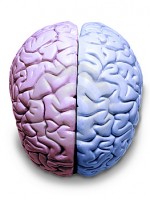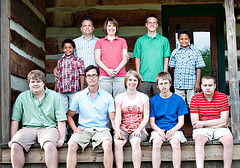Different studies come up with different numbers as to how many children are affected by learning disabilities (LDs). I will go with the conservative number of 5 percent (4.6 million children) shown here. Once again, behind every LD label is a right-brained child. All research in understanding LDs and intervening for them is conducted on children who attend school. But, what if that expectation wasn’t there? What does understanding the right-brained information and having the opportunity to allow for the space to grow in their own way and time were given? I gathered posts to help throw some new perspective on LDs in this tab.
ADHD: These are posts that share perspective around the inattentive type as well as the hyperactivity type. By creating an environment that works with the nature of a child with these differences, are there different outcomes than seen in schooled children?
Autism: Though I don’t know if autism is considered an LD, I do consider it a learning difference, so I thought I would put it in this category for the sake of efficiency. These are posts that share the perspective of using a strengths-based learning environment, implementing a skill development approach, as well as working with the understanding of the right-brained information.
Dyslexia Posts: These posts are listed under the Reading tab.
Is it a Disability? Experts are finally starting to consider that maybe a learning disability is actually simply a learning difference, with strengths that go with it. These are posts that explore that idea.





